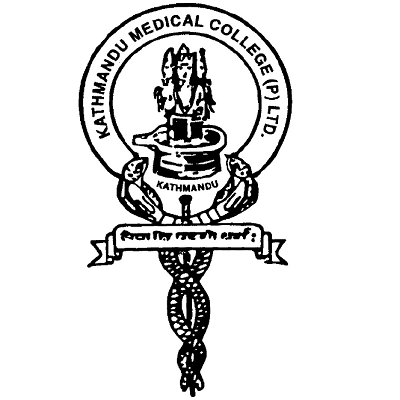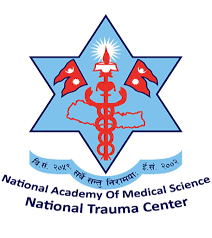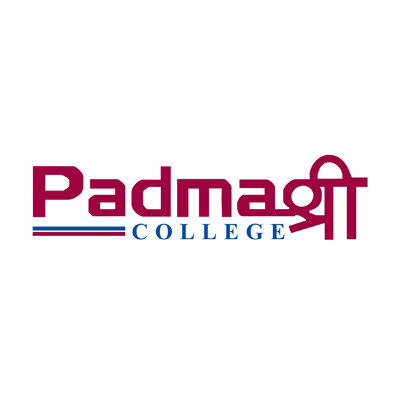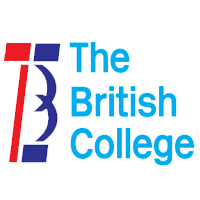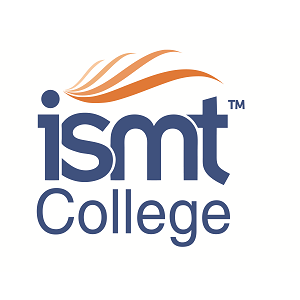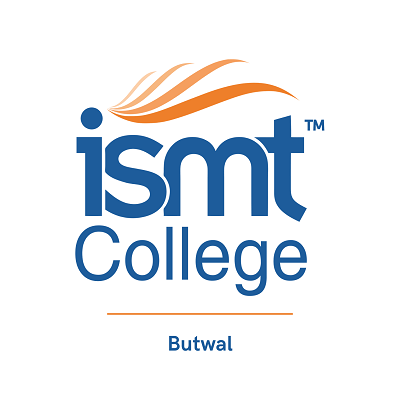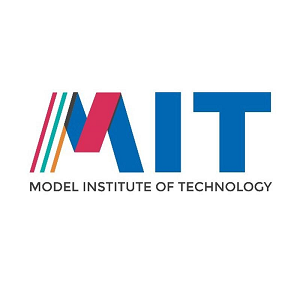Overview
MD Paediatrics at Nepalese Army Institute of Health Sciences (NAIHS) College of Medicine
MD Paediatrics at Nepalese Army Institute of Health Sciences (NAIHS) College of Medicine is a three-year postgraduate medical residency that prepares you to manage the full spectrum of child health, from newborn care to adolescent medicine. The program runs under Tribhuvan University, Institute of Medicine (TU-IOM), which lists MD Paediatrics as one of its postgraduate clinical specialties.
NAIHS College of Medicine conducts its paediatric training mainly at Shree Birendra Hospital, Chhauni, the central hospital of the Nepali Army, and at NAIHS facilities in Bhandarkhal, Kathmandu. The paediatric department includes a dedicated ward, an eight-bedded Neonatal Intensive Care Unit (NICU), and a five-bedded Paediatric Intensive Care Unit (PICU), which gives residents exposure to both routine and critical paediatric care.
For Nepali students and international candidates, this program offers structured clinical exposure, formal teaching, and supervised research, guided by TU-IOM regulations and monitored through the national MECEE-PG entrance and matching system under the Medical Education Commission (MEC).
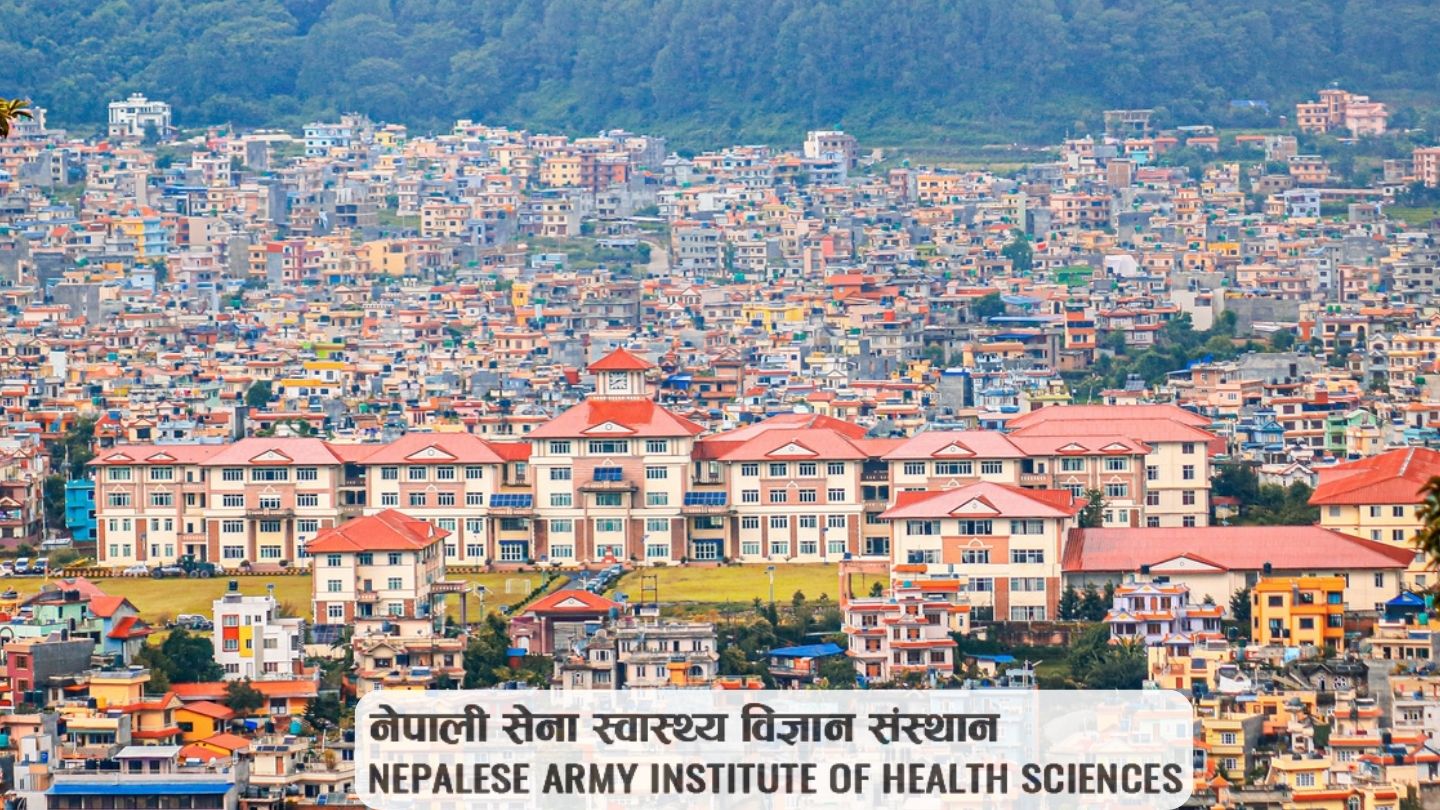
Highlights of MD Paediatrics at NAIHS College of Medicine
-
Program: MD Paediatrics
-
Institution: Nepalese Army Institute of Health Sciences (NAIHS) – College of Medicine
-
Affiliation: Tribhuvan University, Institute of Medicine (TU-IOM)
-
Duration: 3 years, full-time residency
-
Total Seats (NAIHS): 4 (as per recent seat distribution shared by NAIHS)
-
Recent Fee (NAIHS): NPR 2,381,760 for the full program (subject to official revision by NAIHS/MEC)
-
Teaching Hospital: Shree Birendra Hospital, Chhauni, and NAIHS clinical units in Bhandarkhal
-
Key Training Areas: NICU, PICU, general paediatrics ward, paediatric OPD, emergency and community child health
For you as a prospective resident, this means structured paediatric training in a tertiary hospital that serves army personnel, their families, and civilians, with a mix of inpatient, outpatient, emergency, and intensive care exposure.
Curriculum Details
Core Clinical Areas
The MD Paediatrics curriculum under TU-IOM spans three academic years and covers the full range of child health, aligned with national postgraduate standards for paediatric training.
Key domains include:
-
Neonatology and care of high-risk newborns (NICU)
-
General paediatrics, including common infectious and non-infectious diseases
-
Paediatric emergencies and resuscitation
-
Growth and development, nutrition, and immunization
-
Paediatric cardiology, neurology, nephrology, gastroenterology, respiratory medicine, and endocrinology (through subspecialty clinics where available)
-
Community paediatrics and public-health–oriented child care
Academic and Research Components
In addition to bedside responsibilities, residents follow an academic schedule that usually includes:
-
Ward rounds and unit discussions
-
Case presentations, seminars, journal clubs, and mortality meetings
-
Structured teaching sessions for undergraduates and interns
-
A supervised research thesis in a paediatric topic, as required by TU-IOM
Assessment combines continuous internal evaluation and a final university examination, following Tribhuvan University postgraduate examination rules.
Objectives of the Program
The MD Paediatrics program at NAIHS College of Medicine seeks to:
-
Prepare paediatricians who can provide safe, ethical, and evidence-based care to infants, children, and adolescents across different settings.
-
Develop strong clinical reasoning for acute and chronic paediatric conditions, including emergencies.
-
Build confidence in preventive paediatrics, with a focus on nutrition, immunization, growth monitoring, and early detection of developmental issues.
-
Encourage interest in research, audit, and quality improvement in child health.
-
Strengthen communication skills for counselling parents, caregivers, and multidisciplinary teams.
For you as a learner, the objective is not only to gain knowledge but also to grow into a paediatrician who understands family concerns and the realities of child health services in Nepal.
Scope of MD Paediatrics in Nepal
Child health remains a central concern in Nepal’s health system. National surveys and hospital data show ongoing needs in neonatal survival, under-five mortality, malnutrition, vaccine-preventable diseases, and chronic childhood conditions. MD paediatricians contribute to hospital care, outreach clinics, and public health programs that address these gaps.
Graduates from TU-affiliated MD Paediatrics programs work in:
-
Government and army hospitals
-
Medical colleges and teaching hospitals
-
District and zonal hospitals
-
NGOs, INGOs, and child-focused health projects
-
Private paediatric clinics and nursing homes
This scope gives you flexibility to shape a career that combines clinical work, teaching, research, and program management.
Learning Outcomes
By the end of MD Paediatrics at NAIHS College of Medicine, residents are expected to:
-
Diagnose and manage common and complex paediatric illnesses, including emergencies and critical care cases.
-
Stabilize and treat neonates in NICU settings, including preterm and low-birth-weight babies.
-
Interpret paediatric investigations (laboratory tests, imaging, echocardiography reports, neuroimaging summaries) and integrate them into management plans.
-
Plan preventive care, growth monitoring, immunization schedules, and developmental surveillance.
-
Communicate clearly with families about diagnosis, treatment, prognosis, and preventive measures, using language that respects cultural and emotional contexts.
-
Conduct and present a research project that meets TU-IOM requirements and basic ethical standards.
Skill Development Modules
Skill development spans clinical, procedural, communication, and professional domains. Typical skill areas include:
-
Clinical Skills: Paediatric history-taking, examination, clinical prioritization, triage, and formulation of differential diagnoses.
-
Procedural Skills: Paediatric venous and arterial access, lumbar puncture, exchange transfusion support, emergency airway support under supervision, and neonatal resuscitation.
-
Critical Care Skills: Monitoring and management of children in PICU and NICU under supervision of consultants and intensive care teams.
-
Public Health and Community Skills: Participation in outreach clinics, vaccination drives, and community-based child health projects.
-
Academic and Teaching Skills: Guiding MBBS students, nursing students, and interns during ward postings and tutorials.
These modules are reinforced through logbooks, faculty feedback, and formal assessments.
Teaching Methodology
Teaching and learning in MD Paediatrics at NAIHS College of Medicine is residency-based and patient-centred. Common approaches include:
-
Bedside teaching during ward rounds and intensive care visits.
-
Case presentations, seminars, and topic reviews based on current paediatric guidelines.
-
Journal clubs focusing on recent child health research from national and international journals.
-
Skills demonstrations and supervised procedures in NICU, PICU, OPD, and emergency services.
-
Inter-departmental meetings with departments such as obstetrics and gynaecology, surgery, orthopaedics, anaesthesiology, dermatology, internal medicine, and radiodiagnosis, especially for complex paediatric cases.
NAIHS-COM also provides access to library resources, computer facilities, and hostel accommodation on campus, which supports continuous study and resident well-being.
Admission Requirements
Admission to MD Paediatrics at NAIHS College of Medicine follows national rules set by the Medical Education Commission (MEC) and TU-IOM:
-
Basic Qualification: MBBS or equivalent degree from a university recognized by the Nepal Medical Council (NMC).
-
Registration: Valid registration with NMC or the relevant medical council for foreign graduates.
-
Internship: Completion of the mandatory one-year rotating internship.
-
Entrance Examination: Qualifying in the national Medical Education Common Entrance Examination – Postgraduate Level (MECEE-PG) conducted by MEC, with merit-based matching into MD Paediatrics seats.
NAIHS then follows the official matching and enrolment lists published through MEC. Candidates should check the MEC entrance portal and NAIHS notices for updated dates, cut-offs, and documentation requirements.
Career Opportunities
Graduates of MD Paediatrics from NAIHS College of Medicine align with national and TU-IOM standards for paediatric specialists.
Common career pathways include:
-
Consultant paediatrician in government, army, or private hospitals
-
Academic paediatrician in medical colleges and teaching institutions
-
Paediatrician in child-focused NGOs/INGOs and public health projects
-
Hospital-based intensivist or neonatologist after further fellowship training, where available
-
Advisor or manager in child health programs at provincial or federal level
Because NAIHS is integrated with the Nepali Army health system, your training experience includes a mix of military and civilian cases, which helps you adapt to varied service environments.
Scholarships and Financial Aid
NAIHS operates as a not-for-profit institution under the Welfare Fund of the Nepali Army and provides structured fee arrangements for children of serving and retired army personnel, including rank-based tuition waivers.
For MD Paediatrics and other postgraduate programs:
-
Scholarships and subsidized seats may be available for certain categories through MEC’s national scholarship framework and army welfare schemes.
-
Candidates should review MEC notices and NAIHS scholarship policies for the latest provisions, seat categories, and documentation requirements.
If you are an army dependent, you should check directly with the Welfare Planning Directorate or NAIHS student affairs office for current scholarship rules.
Why Choose MD Paediatrics at NAIHS College of Medicine?
MD Paediatrics at NAIHS College of Medicine combines national postgraduate standards with the structured environment of the Nepali Army health system. Shree Birendra Hospital offers paediatric wards, NICU, PICU, and clinic services in a single campus, which helps you develop confidence in managing both stable and critically ill children.
As a resident, you work in multi-disciplinary teams, see a wide range of clinical problems, and participate in teaching and research under TU-IOM guidelines. This setting helps you grow as a paediatrician who understands both bedside care and broader child health needs in Nepal.
Conclusion
MD Paediatrics at Nepalese Army Institute of Health Sciences (NAIHS) College of Medicine is a structured three-year residency that prepares you for specialist practice in child health. The program brings together TU-IOM academic standards, MEC-regulated admission, and the clinical resources of Shree Birendra Hospital and NAIHS.
If you are motivated to work with children and families, ready for intensive clinical duties, and interested in serving both military and civilian communities, this MD Paediatrics program offers a clear pathway toward that goal.
Frequently Asked Questions (FAQ)
1. What is the duration of MD Paediatrics at NAIHS College of Medicine?
MD Paediatrics is a three-year full-time residency program under Tribhuvan University, Institute of Medicine.
2. How many MD Paediatrics seats are available at NAIHS, and what is the recent fee?
NAIHS College of Medicine currently offers 4 MD Paediatrics seats, with a recent fee of NPR 2,381,760 for the full program, as per the latest NAIHS seat and fee information shared in the college’s documents. Candidates should verify any fee updates in official notices from NAIHS and MEC.
3. Which entrance exam is required for MD Paediatrics at NAIHS?
Admission is based on performance in the Medical Education Common Entrance Examination – Postgraduate Level (MECEE-PG) conducted by the Medical Education Commission (MEC). Matching into MD Paediatrics seats takes place through MEC’s centralized process.
4. Where does clinical training take place?
Clinical training for MD Paediatrics residents is based at Shree Birendra Hospital, Chhauni, with additional exposure at NAIHS Bhandarkhal. The paediatric department includes a ward, NICU, PICU, and outpatient services.
5. Does NAIHS provide hostel facilities for MD Paediatrics residents?
NAIHS College of Medicine provides hostel accommodation within the campus for medical students, along with sports and recreational facilities. Resident doctors should confirm current hostel allocation rules and charges directly with the NAIHS administration for the academic year in which they plan to join.
6. What are the typical working hours and duties during the residency?
MD Paediatrics residents follow a duty schedule that includes ward work, OPD, night duties, emergency calls, and academic activities. Exact rosters are set by the department and hospital administration in line with TU-IOM and NAIHS policies, and they may vary by year of residency and unit posting.
7. What career paths are open after completing MD Paediatrics from NAIHS?
Graduates work as paediatricians in government, army, and private hospitals, join medical colleges as teaching faculty, or contribute to child health projects under government bodies, NGOs, and INGOs. Subspecialty fellowships in neonatology, paediatric intensive care, or other fields are possible through additional training where available.


